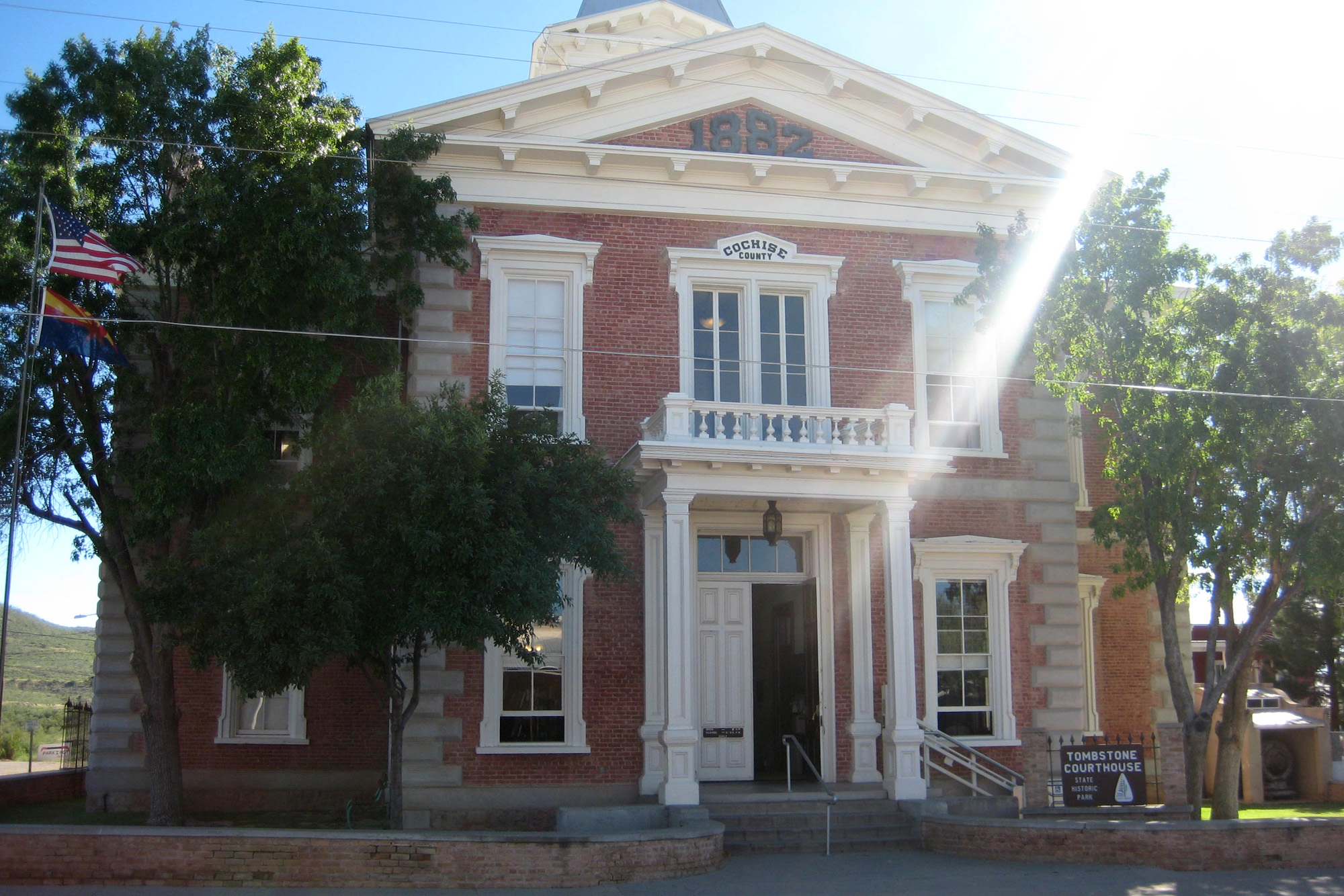[Source: William C. Thornton, Special To The Arizona Daily Star]
Preliminary recommendations by the Governor’s Commission on Privatization and Efficiency (“Arizona urged to privatize its parks,” Sept. 22) come as no surprise to those of us who have been on the front lines of the battle to save Arizona’s state parks.
For the rest of us, it should serve as a wake-up call of what’s at stake if a lack of vision and political will is allowed to destroy our state park system. Conveniently, the final proposal won’t be released until after the fall elections; but it’s difficult to envision any park privatization scenario under which Arizona citizens and taxpayers won’t be the big losers.
In comments posted to the Star’s website, one writer asked: “What’s wrong with somebody earning a profit?”
The answer: absolutely nothing, and that’s just the point.
Hundreds of businesses throughout our state earn profits by supplying park visitors with gas, groceries, supplies, lodging and meals. A 2009 study by Northern Arizona University estimated the total economic impact of our state parks at $266 million per year, about half from out-of-state visitors. When a local park closes, as has already happened at Winslow (Homolovi), Springerville (Lyman Lake), and Oracle, visitors and the dollars they spend go away.
You may ask: “Won’t they do just as well under private management?”
The answer: Not likely! Private operators will, no doubt, be eager to take over profitable parks such as Catalina, Kartchner Caverns and the Colorado River parks. They probably won’t show much interest in smaller parks that, in themselves, aren’t profitable but still support local jobs.
How did we get here? The Legislature began the systematic dismantling of our state parks long before it could be justified by a budget crisis.
General-fund park appropriations ceased in 2002. Legislators told parks to become “more entrepreneurial and self-supporting” through admission fees, souvenir sales, etc. When they did, the Legislature took the money.
As a holistic system, profitable parks could carry those that didn’t break even but still generated economic benefits for their communities. That was no longer possible when the Legislature swept away every cent parks earned for themselves. In a particularly outrageous fund grab, legislators even took money from park donation jars and $250,000 from the estate of a benefactor who specifically willed it to state parks.
Before leaving office Gov. Janet Napolitano assembled a task force on sustainable parks to consider all options, including sale and privatization.
Gov. Jan Brewer continued the task force when she took office in January 2009. In October 2009, the task force recommended a modest $12 surcharge on noncommercial-vehicle licenses. In return, anyone with a current Arizona license plate would gain unlimited admission to all state parks. The system has worked well in other states. It would have assured the future of our state parks and reopened all roadside rest areas.
The measure died when House Appropriations Committee Chairman John Kavanagh would not allow a vote by the panel. Kavanagh claimed to be taking a principled stand for taxpayers. It was nothing of the kind. If the measure had passed the Legislature, it still would have required voter approval. By denying voters a more direct voice in determining the future of our parks, Kavanagh exemplified the arrogant abuse of power that prompted the framers of our state constitution to provide for voter initiatives.
In testimony to the House Appropriations Committee, I relayed sharply contrasting experiences at two state historic parks: Judge Roy Bean in Texas and McFarland in Arizona. Although it’s far off the beaten path, at Roy Bean we found beautifully maintained facilities that celebrate a colorful chapter in the history of the Lone Star State. At McFarland, in the Tucson-Phoenix corridor, we found a closed facility with crumbling historic buildings, even though Senator, Governor and Judge McFarland arguably played a bigger role in Arizona history than Judge Roy Bean did in Texas.
Our tax code is riddled with dozens of loopholes that could be closed to distribute the overall tax burden more evenly and allow for investment in our state’s future. The legislative leadership flatly refused to consider it.
Where do we go from here? The future may look grim, but it’s far from hopeless. Much will be decided in the upcoming elections. If you agree that we need a vibrant system of parks to preserve our natural, cultural and historic treasures for all Arizonans, make your views known to the governor, your state legislators and candidates.
William C. Thornton is a member of the Arizona Heritage Alliance Board. E-mail him at cactusworld@msn.com







You must be logged in to post a comment.